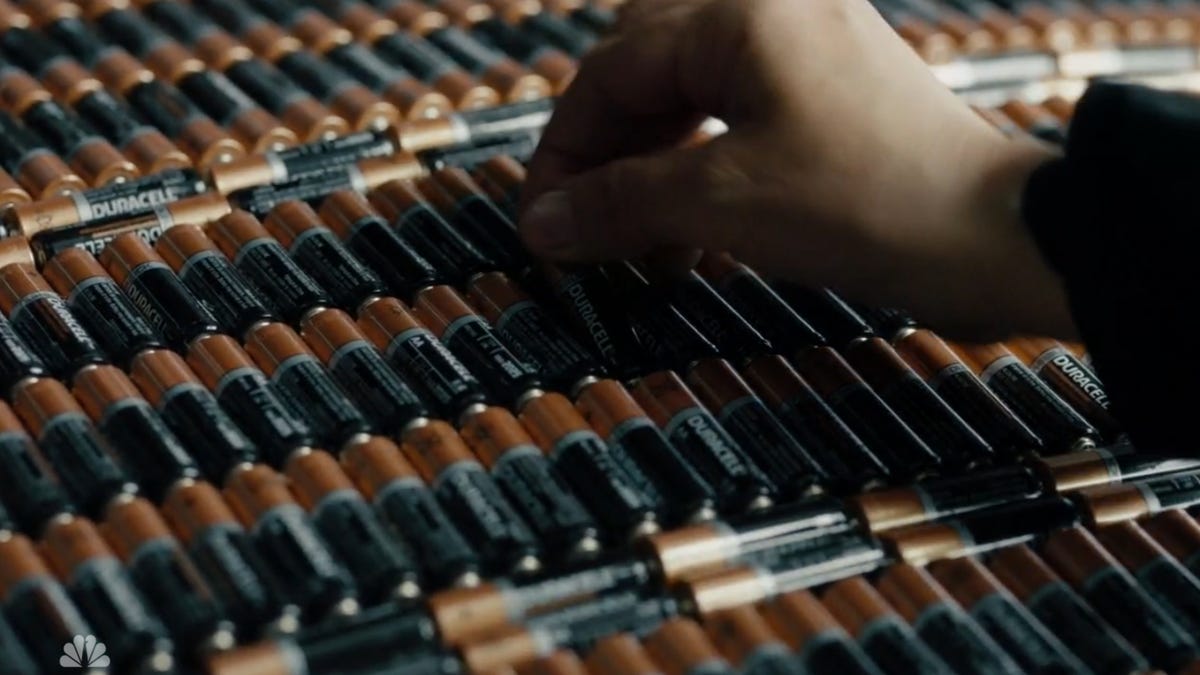Here's one reason why EVs don't use AA batteries
"Saturday Night Live" pokes fun at electric vehicles with the Mercedes-Benz AA-Class.

The rise of electric cars is seemingly unstoppable, but their batteries are not without issues. Between their limited range, long charge times and lack of user serviceability, they're far from perfect. Wouldn't it be great if you could just hot-swap batteries on the go? In one of its latest skits, "Saturday Night Live" takes a look at that future.
The vehicle in its fake advertisement, the Mercedes-Benz AA-Class, operates on 9,648 AA batteries. You can swap out one at a time, or all of them at once thanks to a trick little lever. Would this make any sense in the real world? Oh, hell no. And that fake crash-test video (featuring an older C-Class, for all you eagle-eyed enthusiasts) shows exactly why you wouldn't want a car loaded to the brim with individual projectiles -- er, batteries.
Here's a (very) rough look at how those batteries might work. According to Wikipedia, the maximum energy of an alkaline AA battery at nominal voltage with a 50-milliamp drain is 3.9 Watt-hours. That would put the AA-Class' net energy at 37.6 kWh, or about half the energy of the base Tesla Model X 75D. In a car of similar measurements, range would be somewhere in the area of 115 miles. Not bad, but still, probably not the best idea.
For what it's worth, Tesla actually does use cylindrical cells in its cars' battery packs, but they're vastly different from the bits that power your smoke detector. Chevrolet, on the other hand, is using planar cells flat-stacked next to one another in its Bolt. There's more than one way to skin an electric cat!

